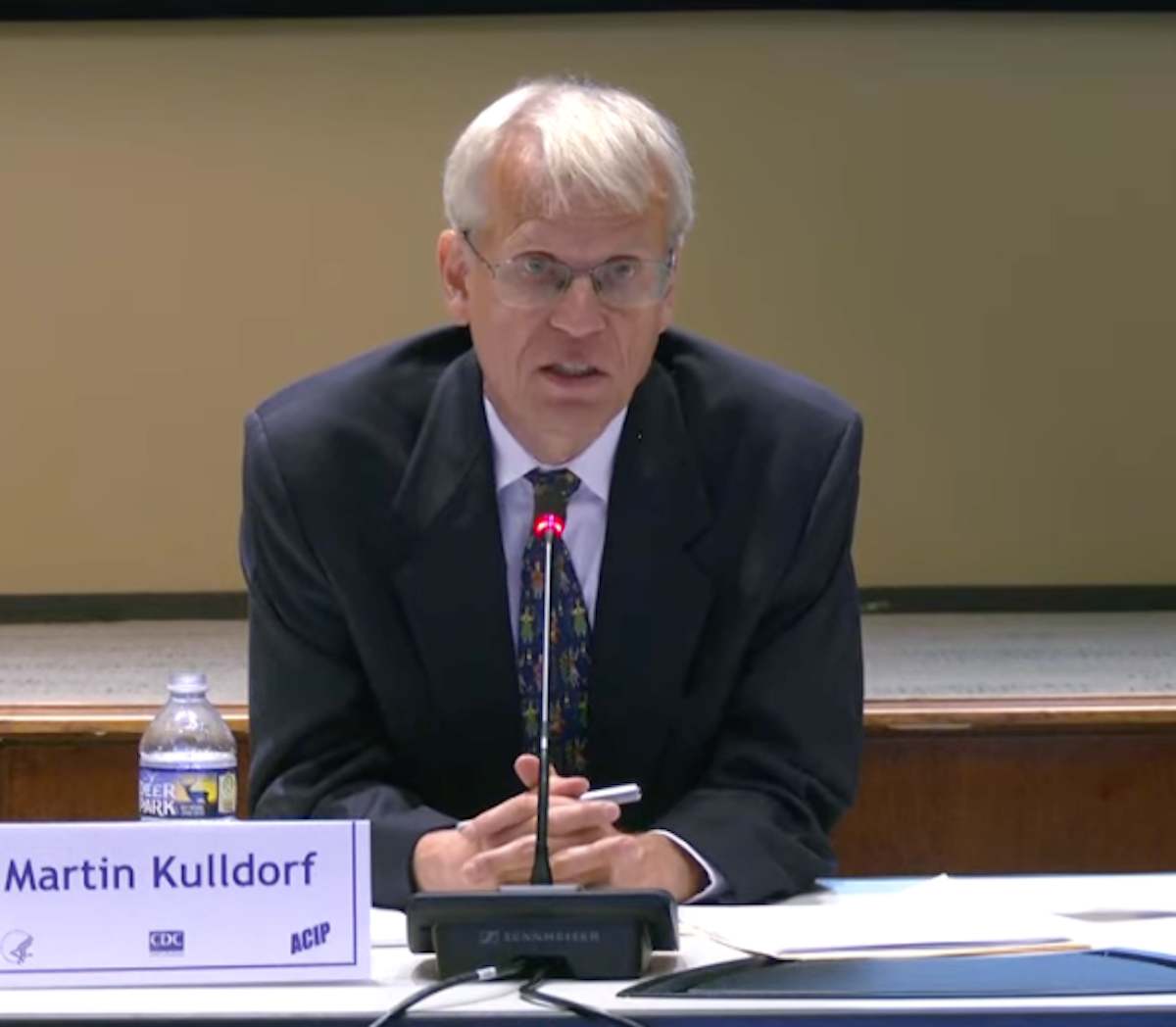Article
Proposed opioid guidelines would remove hard prescribing caps, rely on clinical judgement
Author(s):
The CDC is seeking comment on the voluntary guidelines, which come on the heels of the controversial 2016 guidance that placed hard caps on prescribing.

Clinical judgement should prevail when it comes to opioid prescribing, according to new draft update of guidelines released by the Centers for Disease Controls and Prevention (CDC) .
The 2022 guideline is aimed at primary care and other clinicians who manage pain in an outpatient setting, and for those discharging patients from EDs. The draft guidance includes 12 recommendations focused on 4 key areas:
- Helping clinicians determine whether or not to initiate opioid treatment for pain.
- Opioid selection and dosage.
- Duration of use and follow-up.
- Assessing risk and addressing potential harms from use.
The update comes on the heels of controversial guidance released by the CDC in 2016. Although the 2016 guidelines intended to help quell rampant opioid abuse in the United States, critics of the guidelines say they had a swift and significant chilling effect on opioid prescribing, leaving health care professionals leery of providing the drugs for pain of almost any severity and some patients with chronic pain cut off from prescriptions they may have taken for years.
Authors of the original guidance have maintained that the recommendations were misapplied and even wrongly used in some states by medical boards to sanction clinicians who exceeded what were interpreted as opioid prescribing ceilings.
CDC states that the recommendations are voluntary. They are intended as flexible standards of care and not meant to replace clinical judgment or individualized, patient-centered care. The draft guidance still advises clinicians to limit new opioid prescribing, eg, for acute injuries, and to consider alternative therapies first, saying “opioids should not be considered first-line or routine therapy for subacute or chronic pain.” The authors state that non-opioid medications and interventions like exercise and physical should be prioritized.
But this version does not include hard cutoffs for opioid dosage or length of prescriptions and has removed recommendations that clinicians “avoid increasing dosage” to 90 morphine milligram equivalents or more per day, or, if necessary, to “carefully justify” the decision.
The draft guidance also emphasizes that while tapering or stopping opioids altogether may be appropriate in situations where risks of continued treatment outweigh the benefits, abrupt discontinuation is never recommended; the draft provides a section on “whether, when, and how to taper opioids.”
The guidance, says the CDC, should be a tool to improve patient-provider communication and to ensure patient access to effective pain management while also reducing the risks associated with opioid medications, including opioid misuse and overdose.
The authors reiterate throughout the guideline that the recommendations should not be interpreted or “applied as inflexible standards of care,” but used as a guide to support clinical decision making and individualize patient care.
“The ultimate goal of this clinical practice guideline is to help people set and achieve their personal goals to reduce their pain and improve their function and quality of life," said Christopher M. Jones, PharmD, DrPH, MPH, acting director for the National Center for Injury Prevention and Control in the CDC statement. "Getting feedback from the public is essential to achieving this goal.”
The recommendations apply to clinicians who treat 3 categories of patients:
- adults with acute pain lasting less than one month;
- "subacute" pain for one to three months; and
- chronic pain for three months or longer.
Like the original guideline, the recommendations do not apply to sickle cell disease, cancer, palliative, or end-of-life care.
The CDC is accepting comments on the draft through April 11. A finalized update is expected this year.
"This comment period provides another critical opportunity for diverse audiences to offer their perspective on the draft clinical practice guideline," Christopher M. Jones, PharmD, DrPH, acting director for the NCIPC, said in a release. "We want to hear many voices from the public, including people living with pain and healthcare providers who help their patients manage pain," Jones added.
Physician organizations applauded the draft guidelines. Bobby Mukkamala, M.D., the chairman of the AMA Board of Trustees and of the AMA's Substance Use and Pain Care Task Force, thanked the CDC for "acknowledging the original guideline missed the mark."
"As the draft says, the CDC guideline should not be ‘a replacement for clinical judgment or individualized, person-centered care.’ We could not have said it better," Mukkamala said in a news release. "For nearly six years, the AMA has urged the CDC to reconsider its problematic guideline on opioid prescriptions that proved devastating for patients with pain. The CDC’s new draft guideline — if followed by policymakers, health insurance companies and pharmacy chains — provides a path to remove arbitrary prescribing thresholds, restore balance and support comprehensive, compassionate care."





